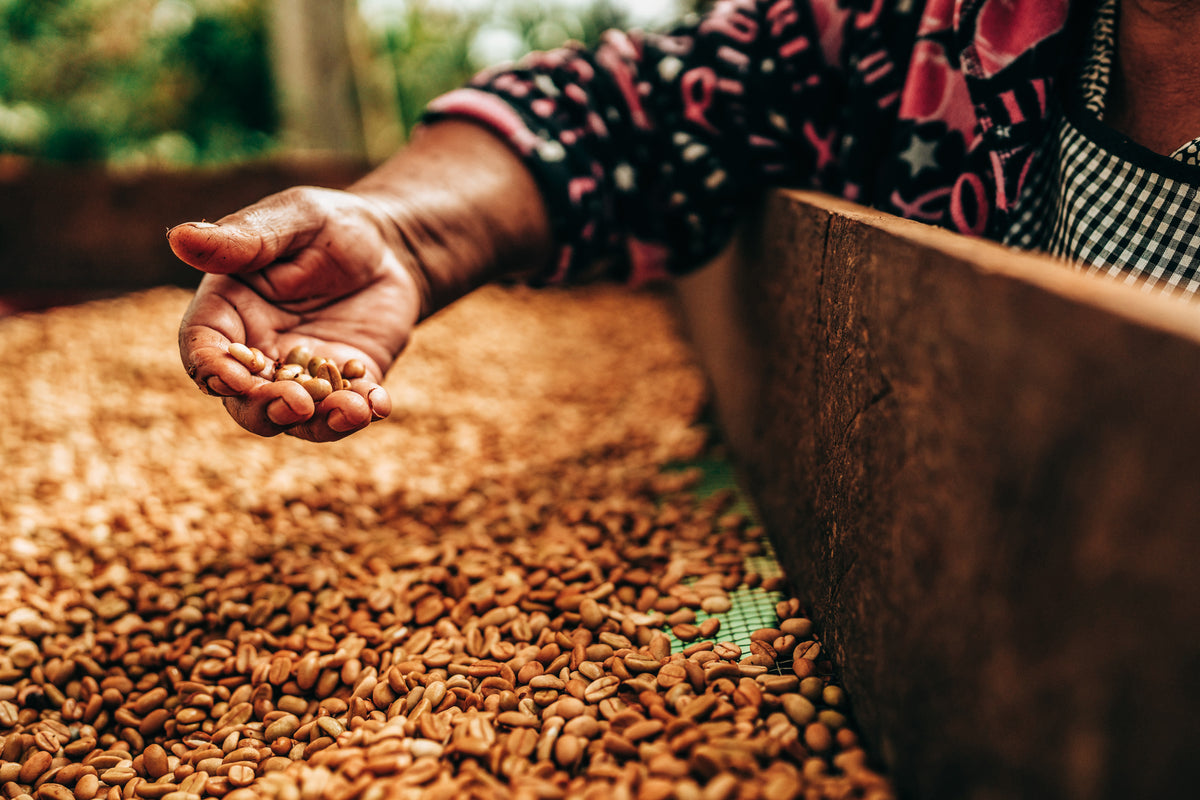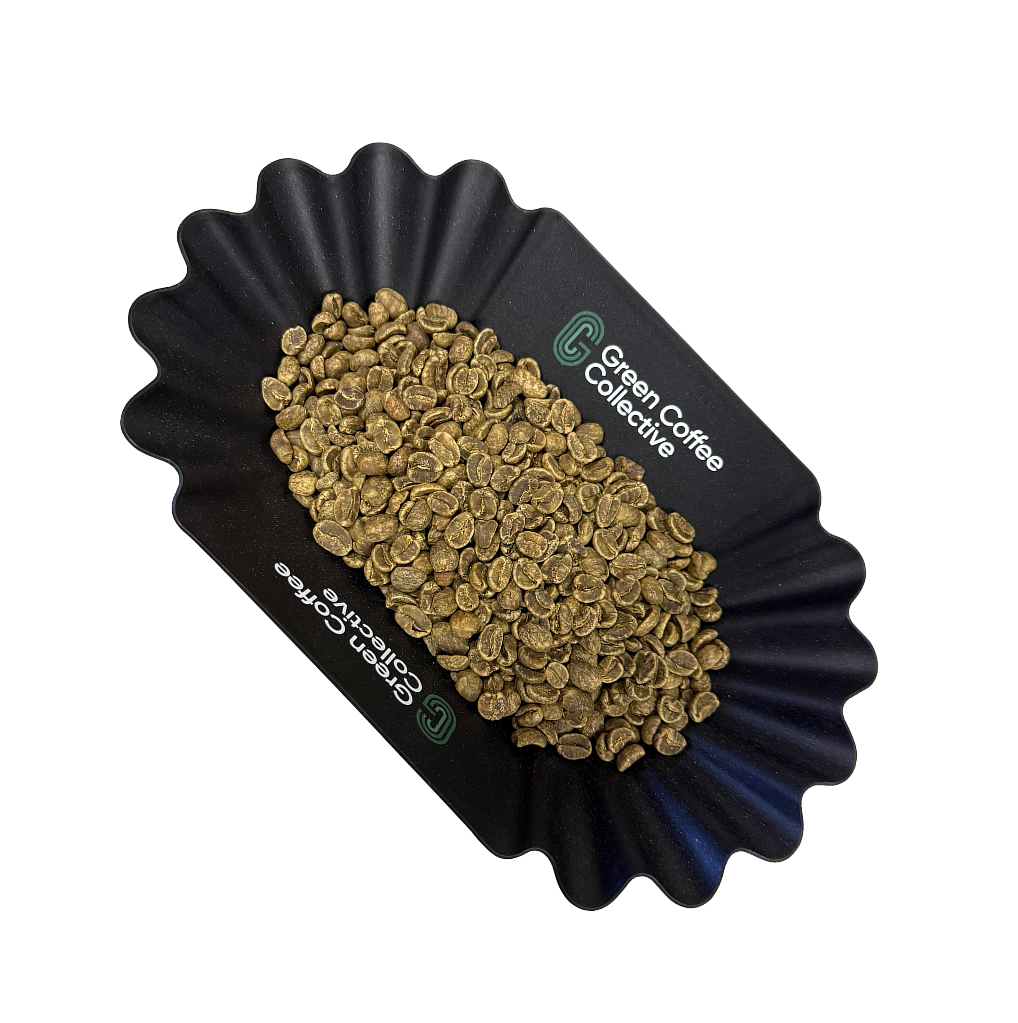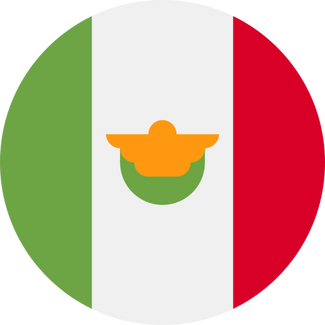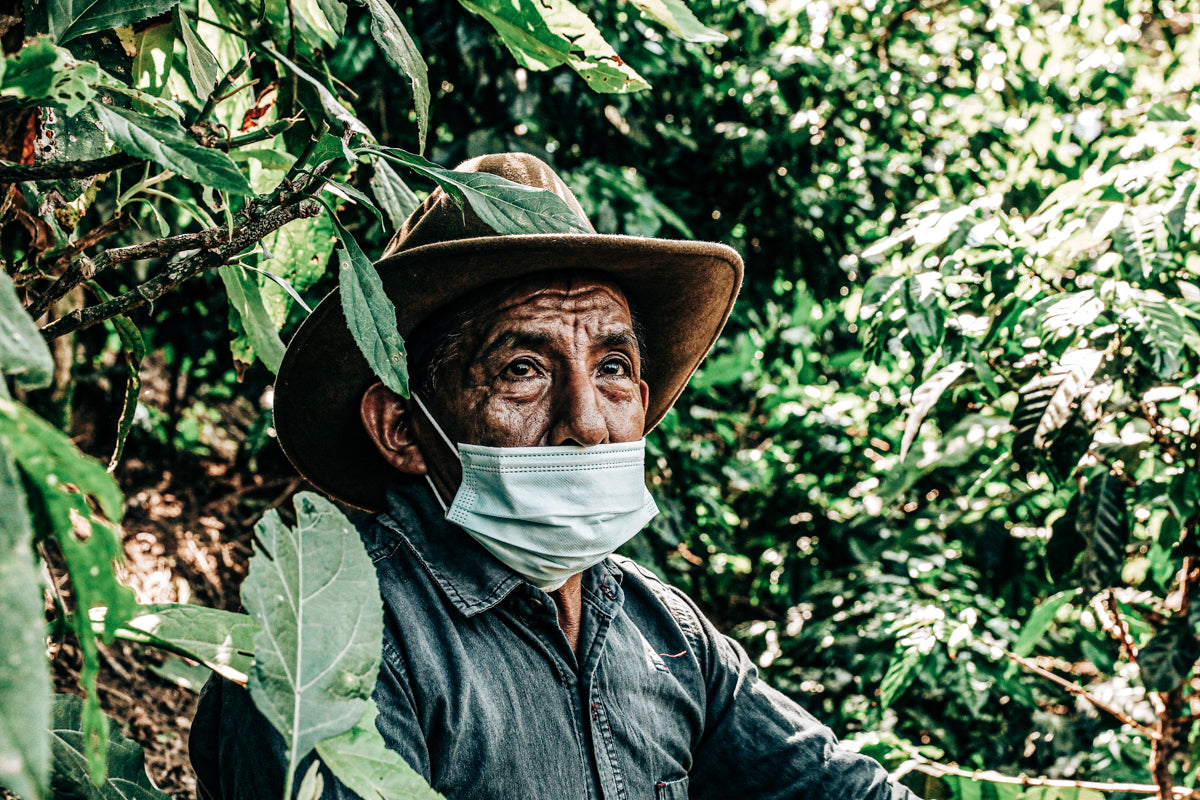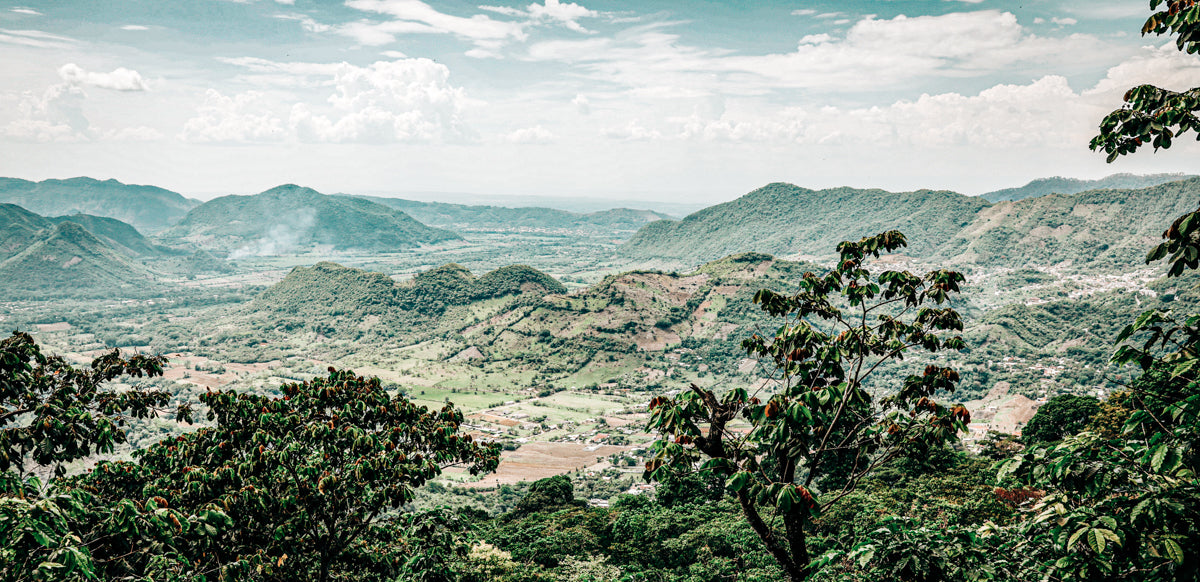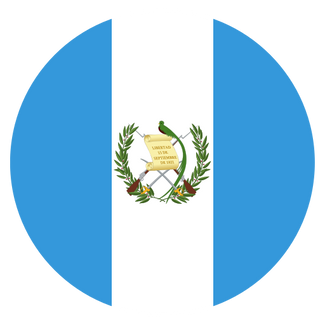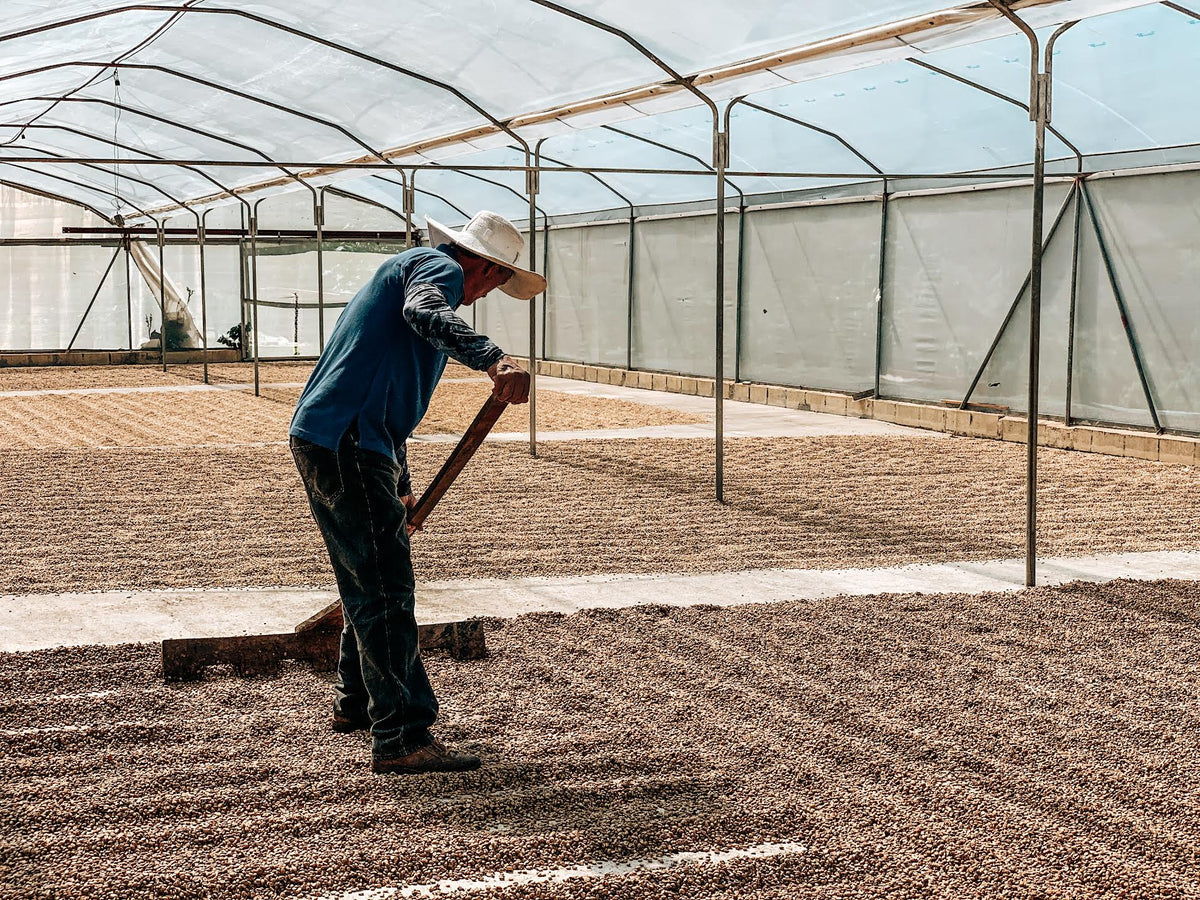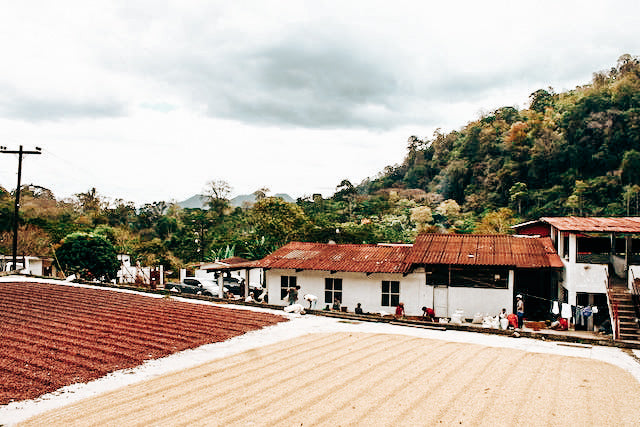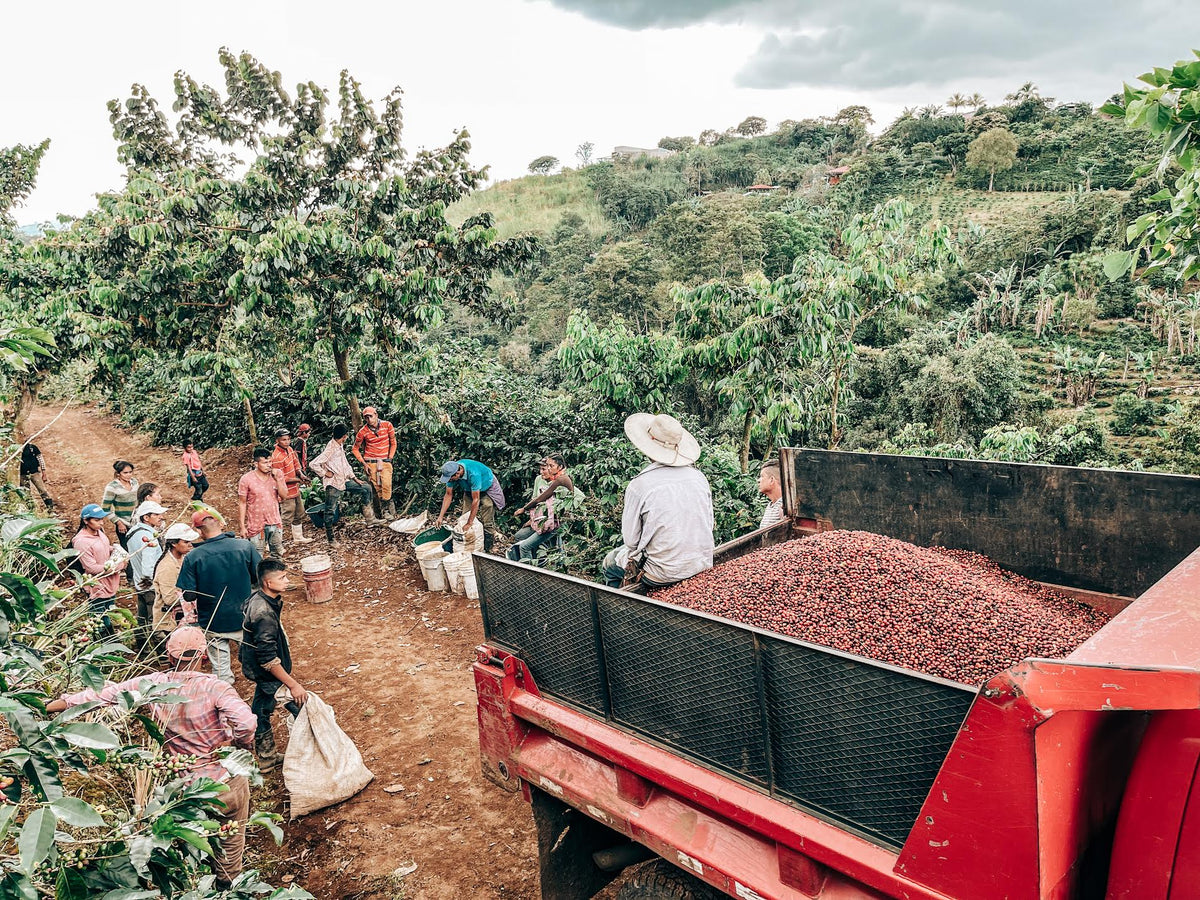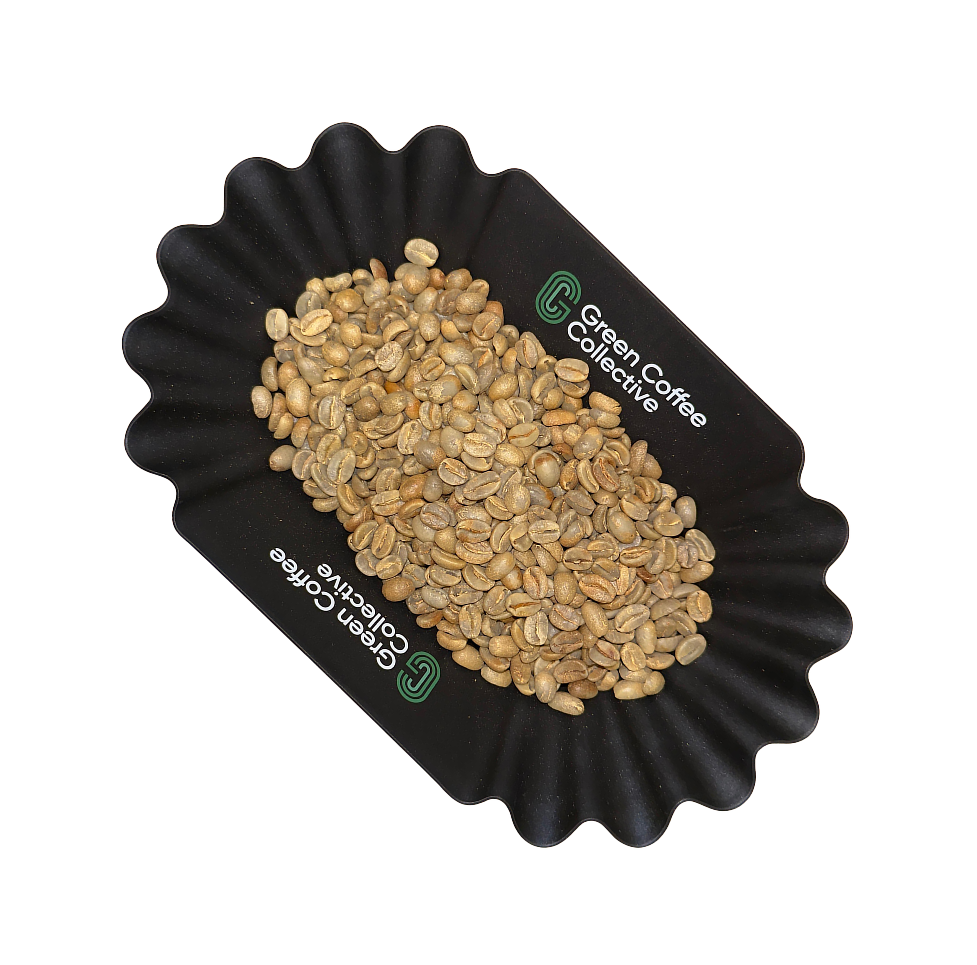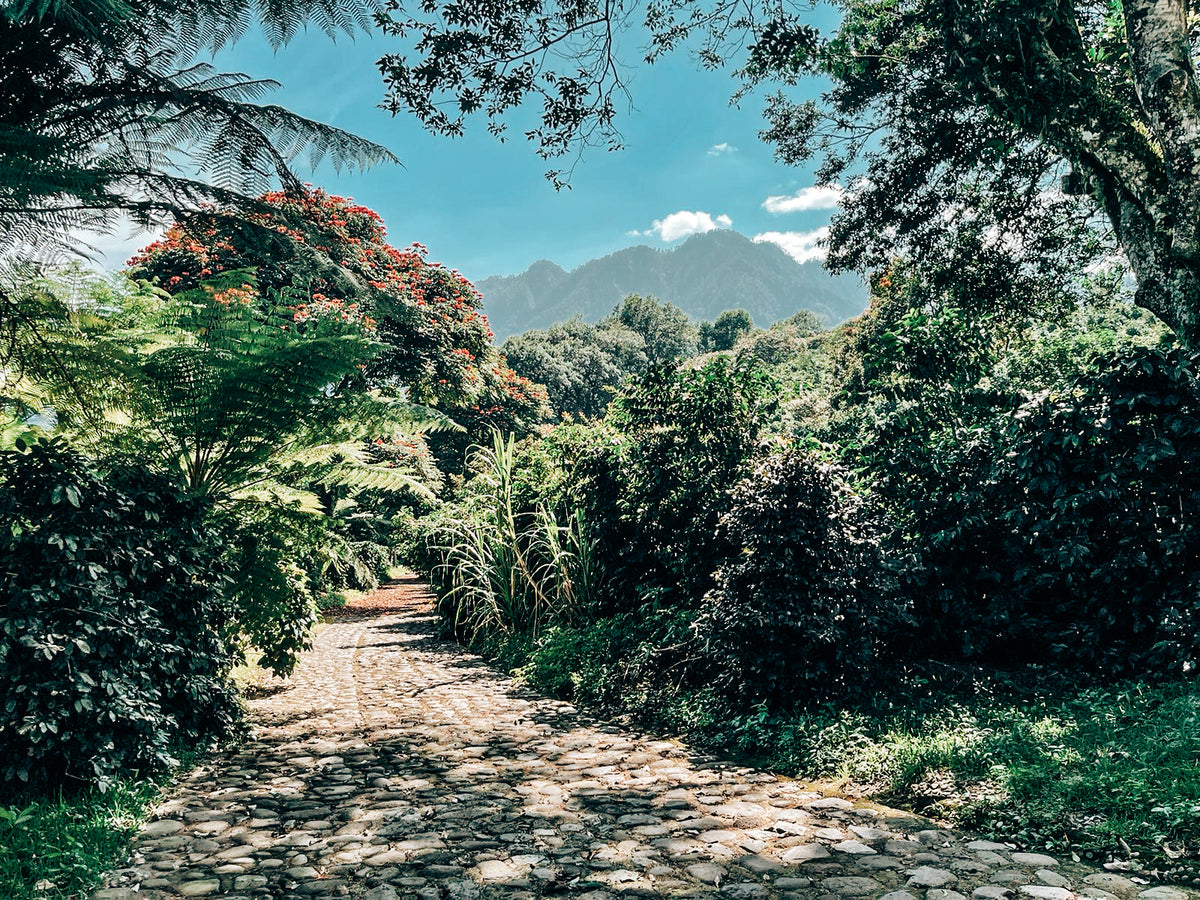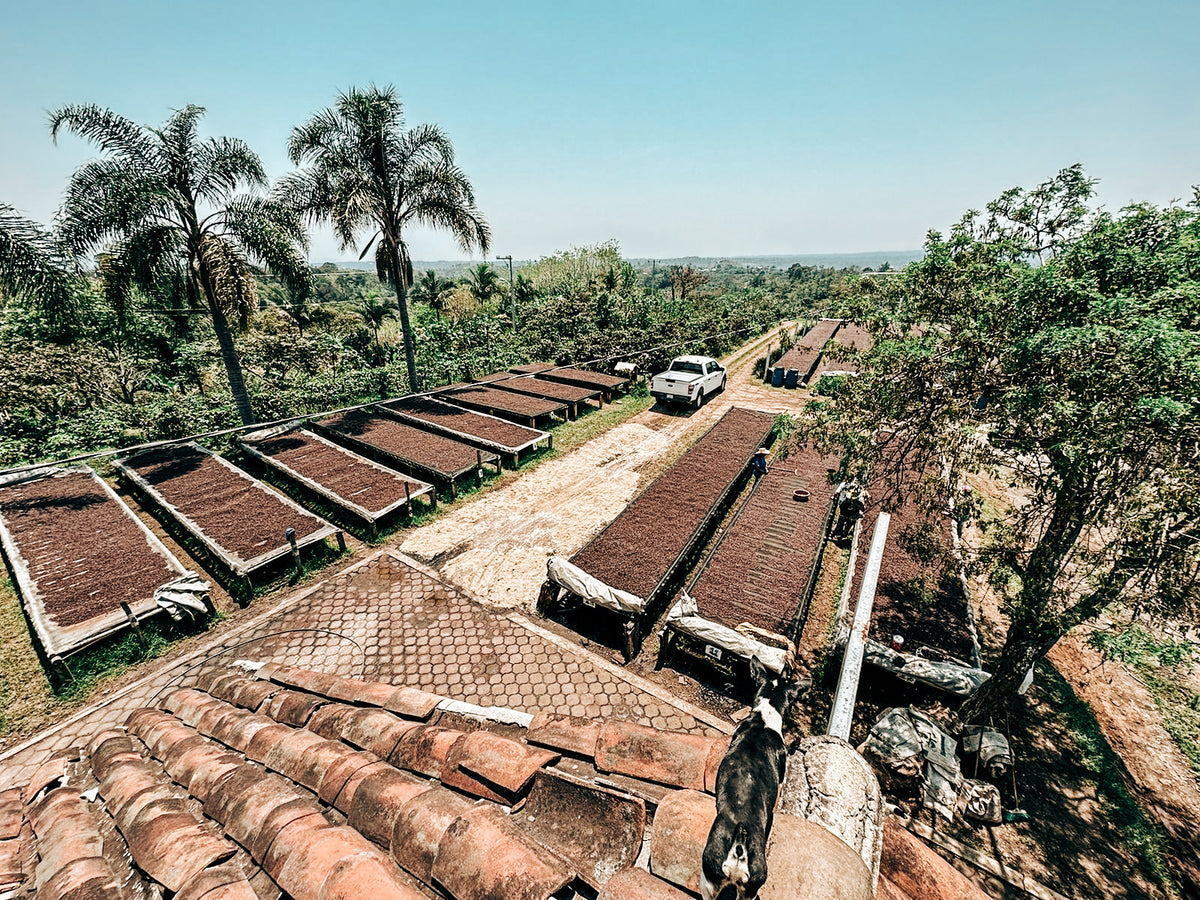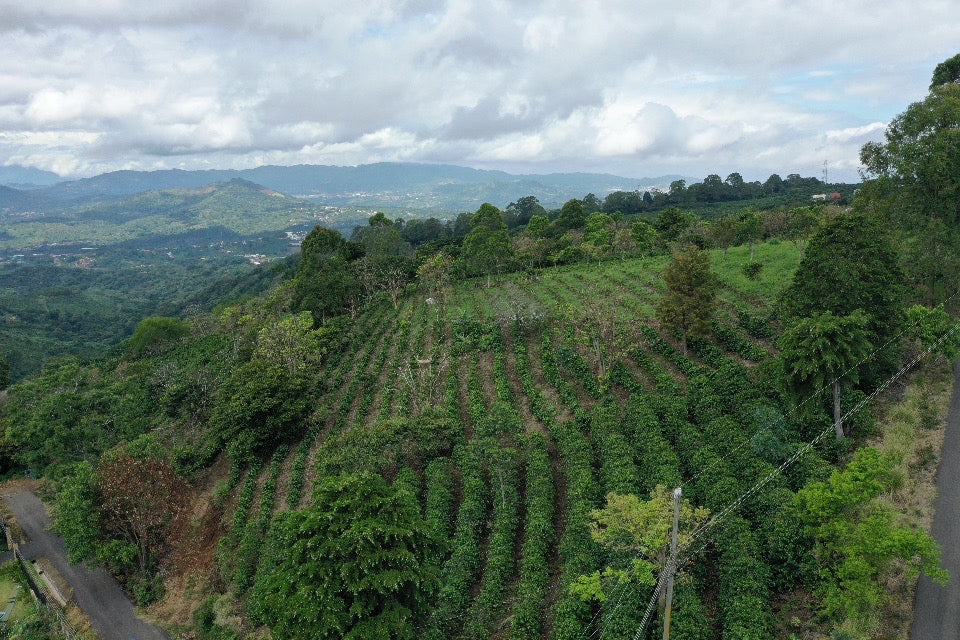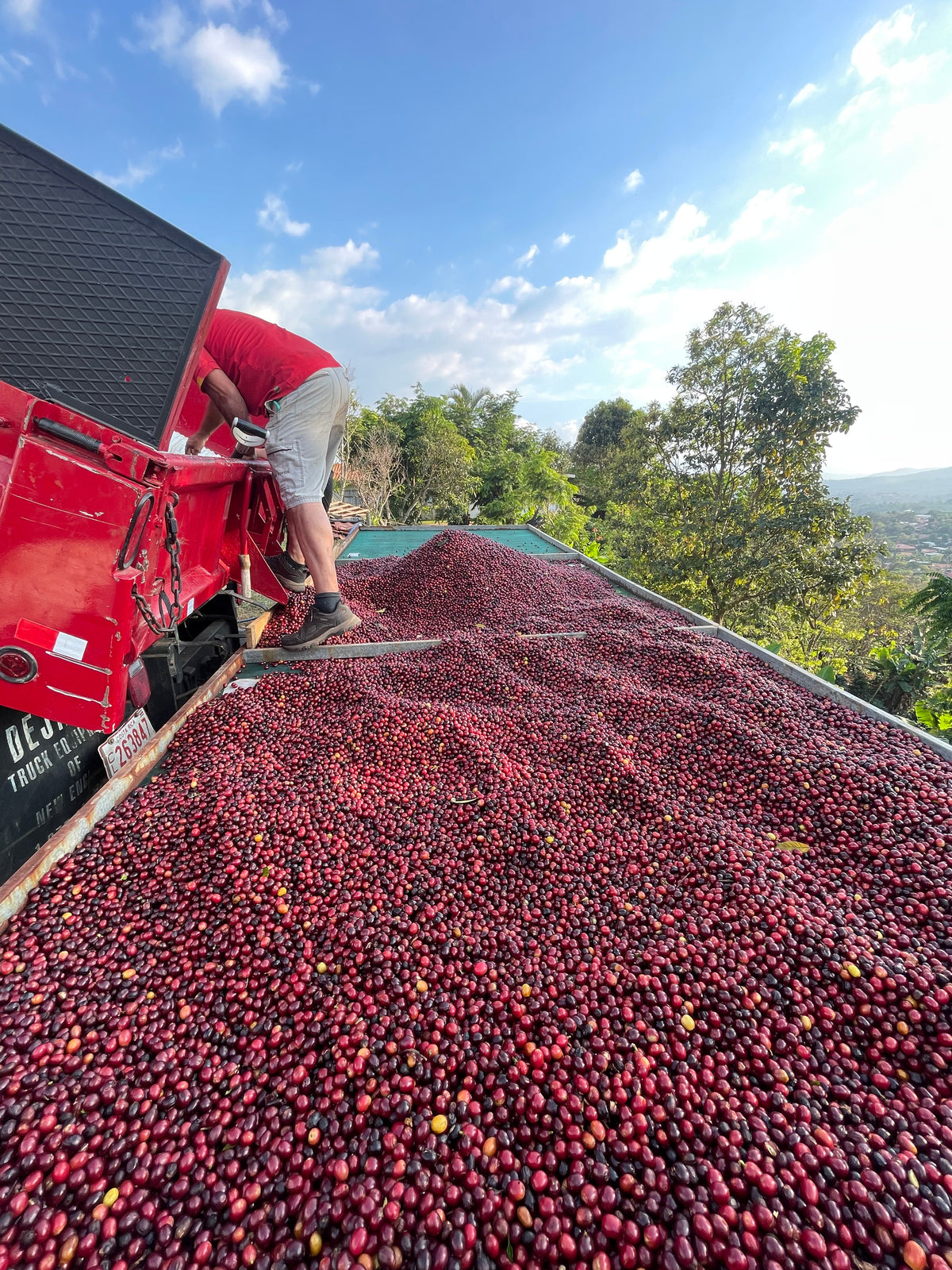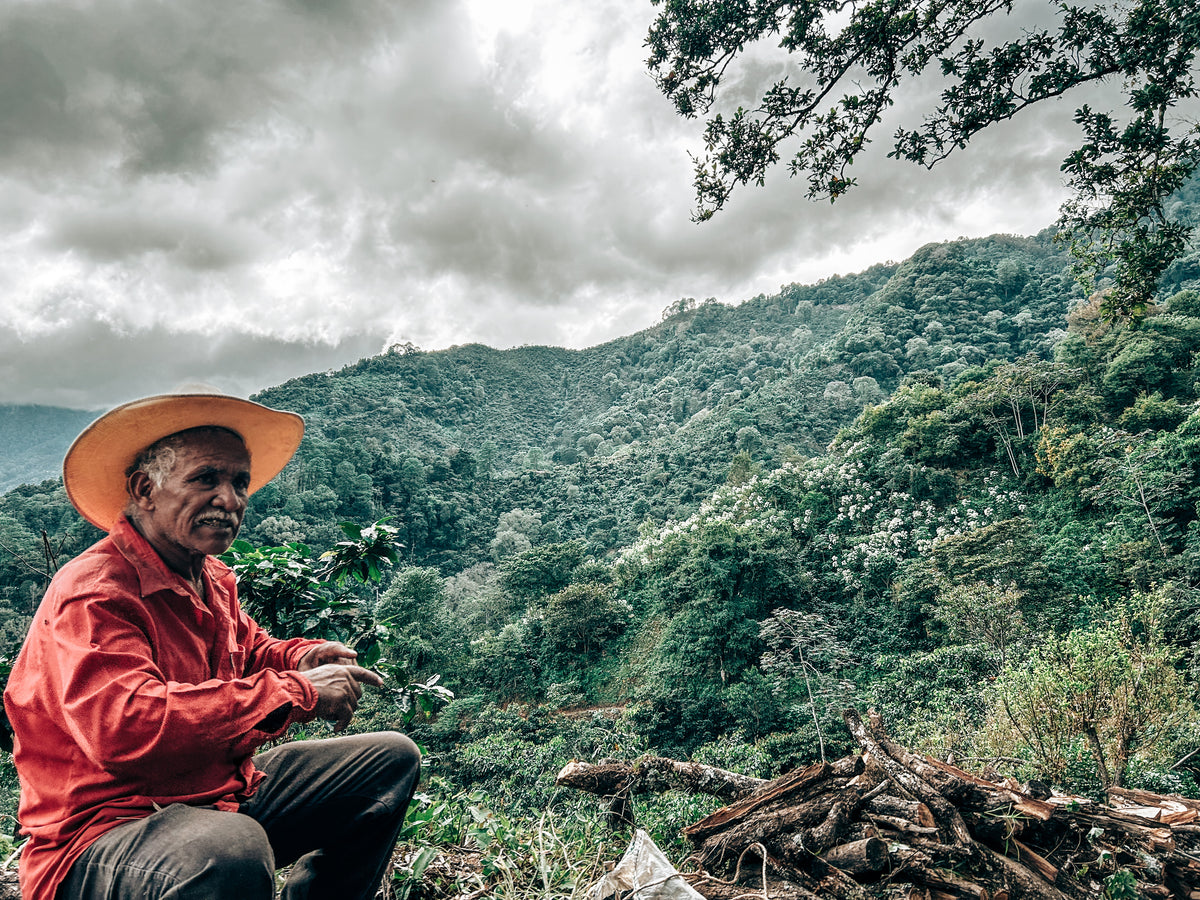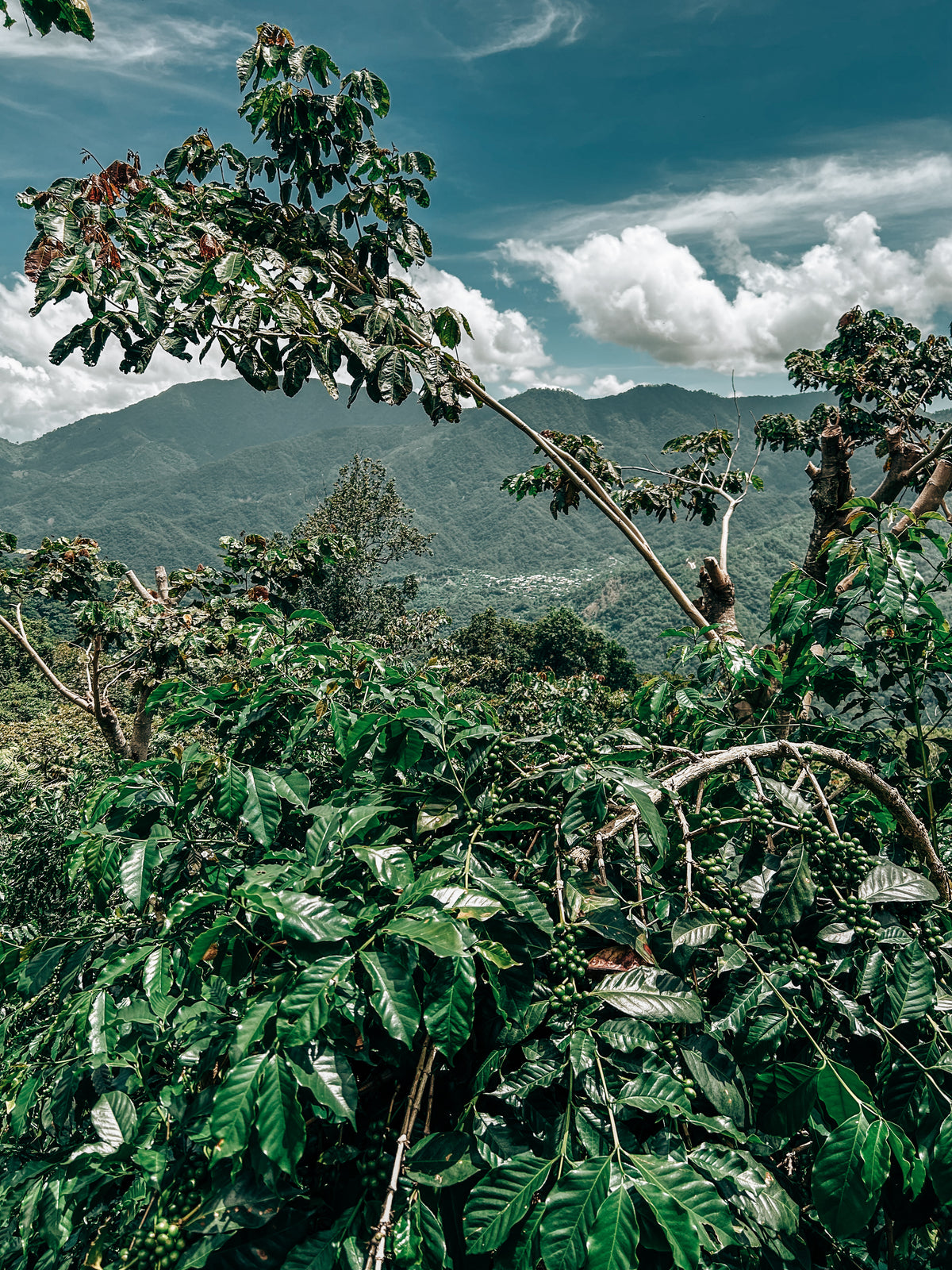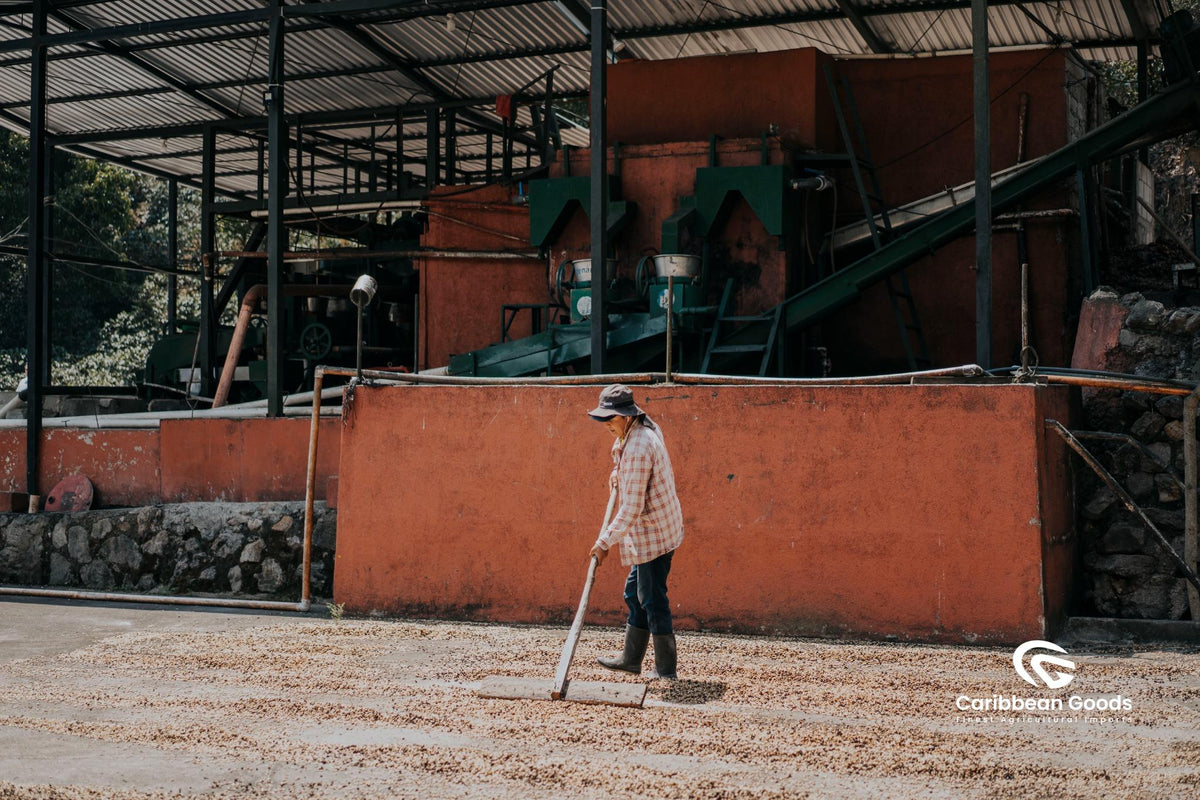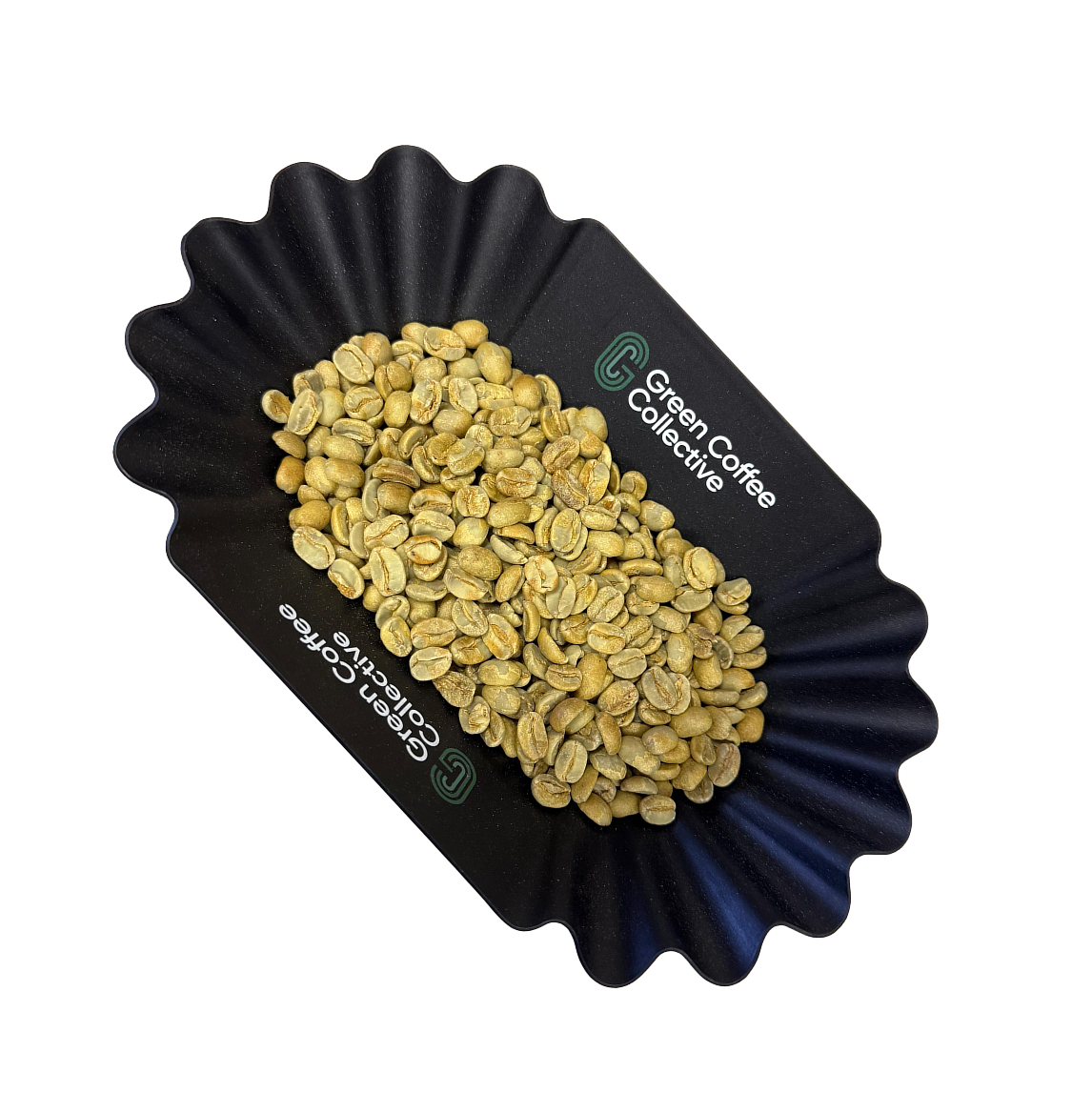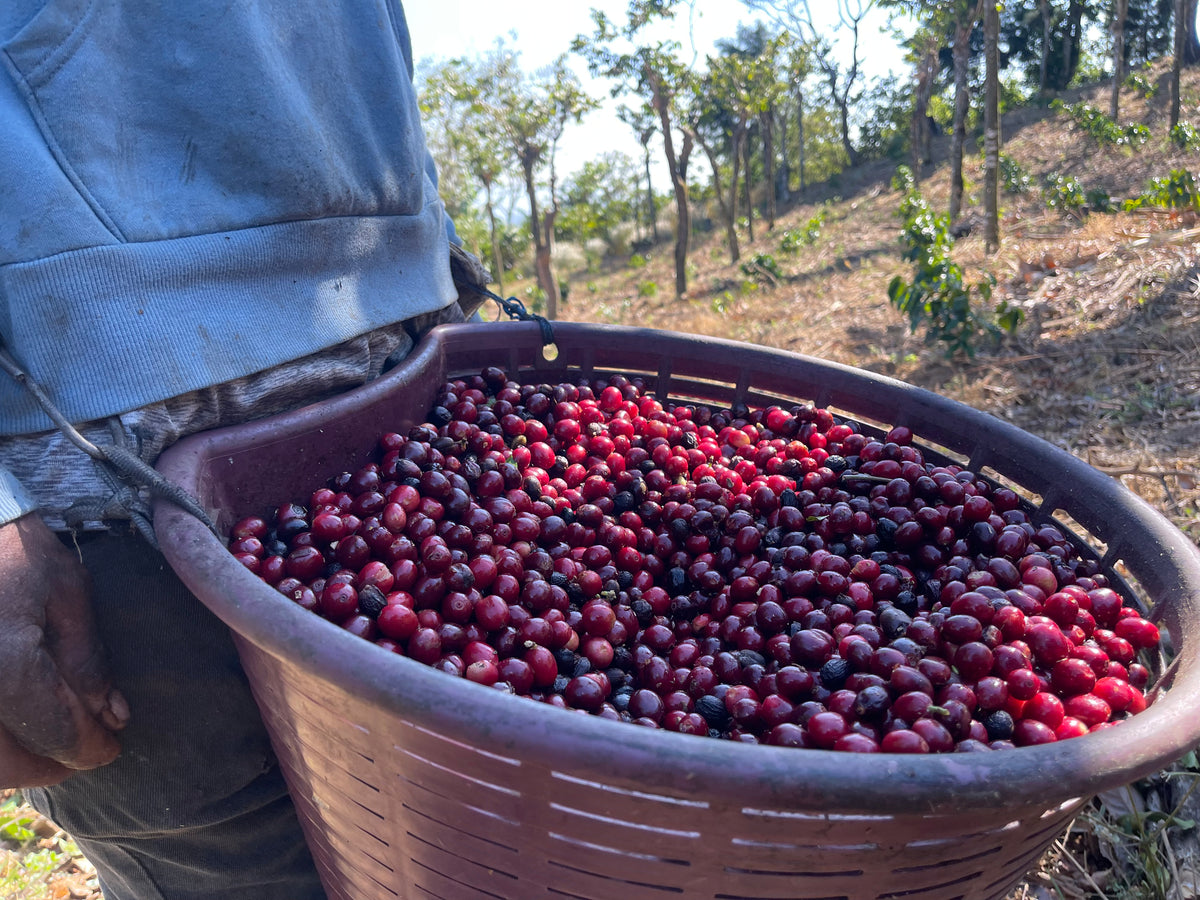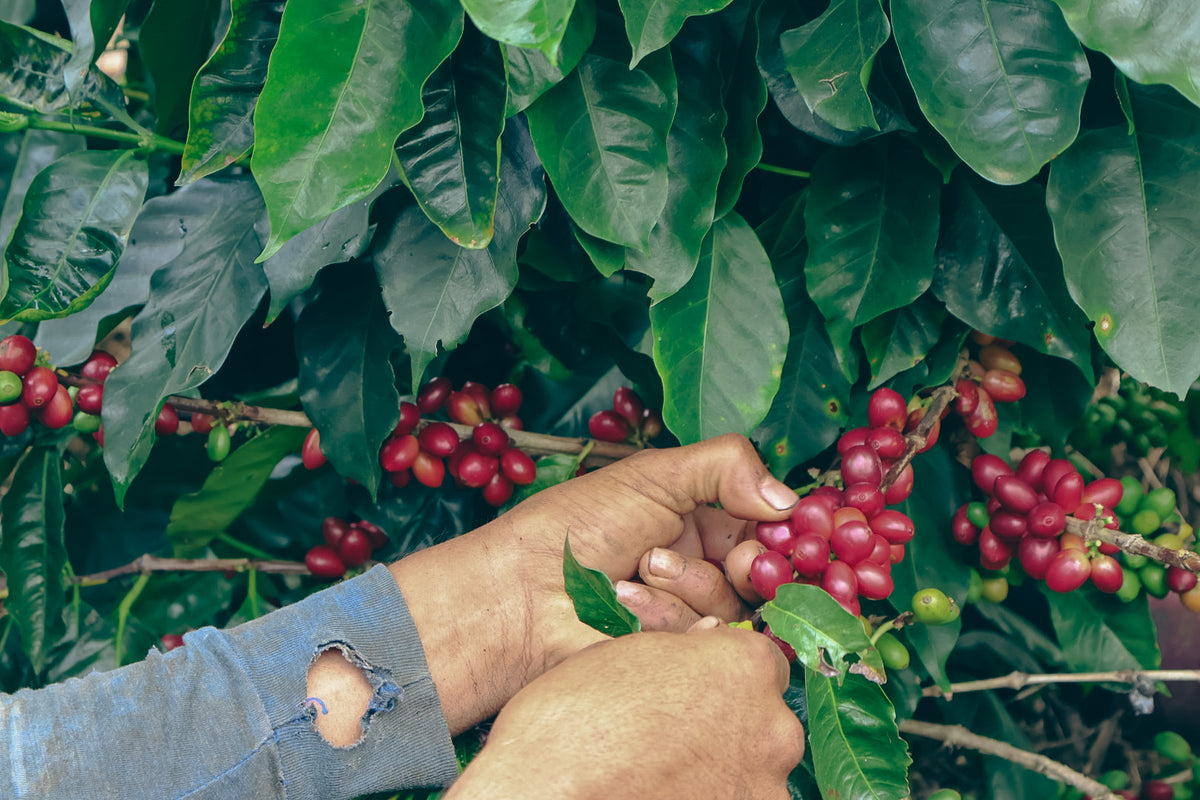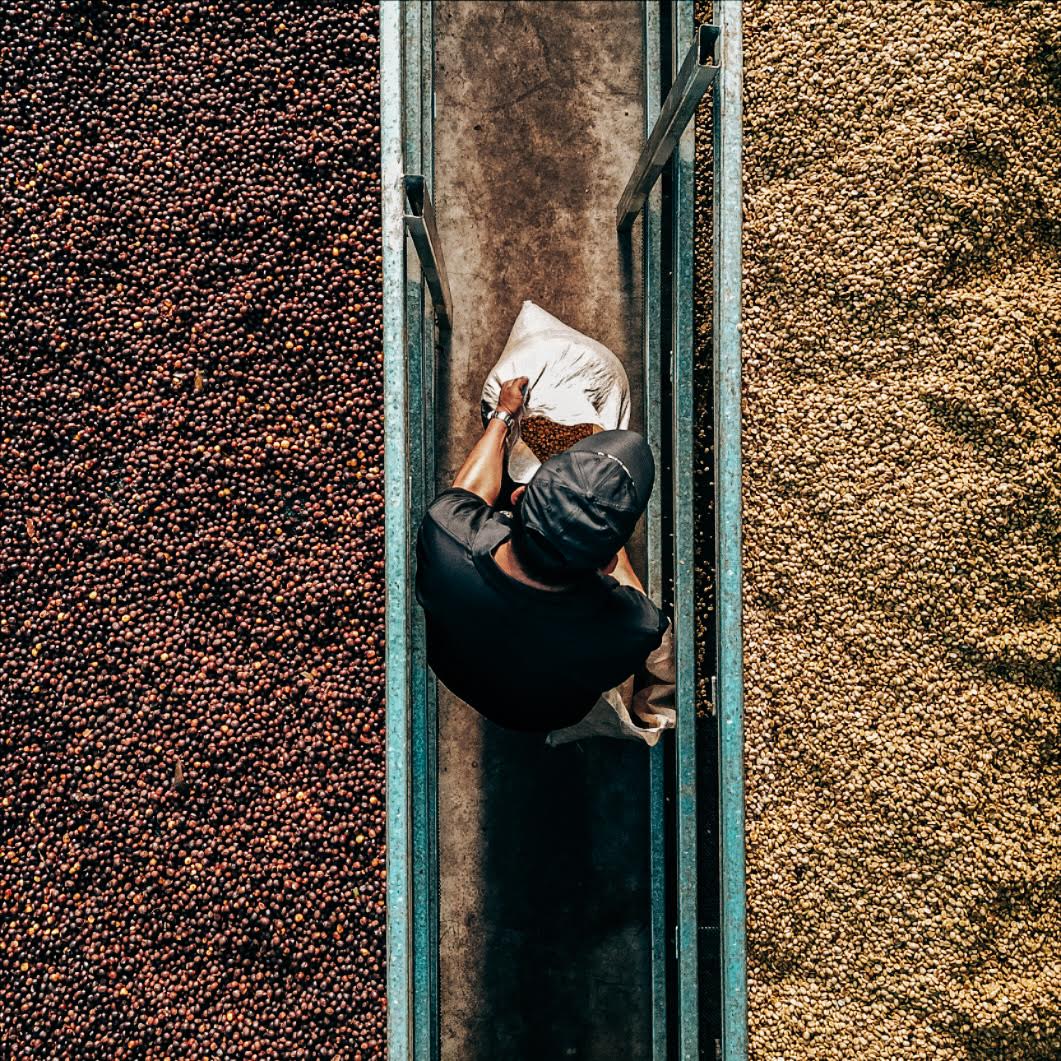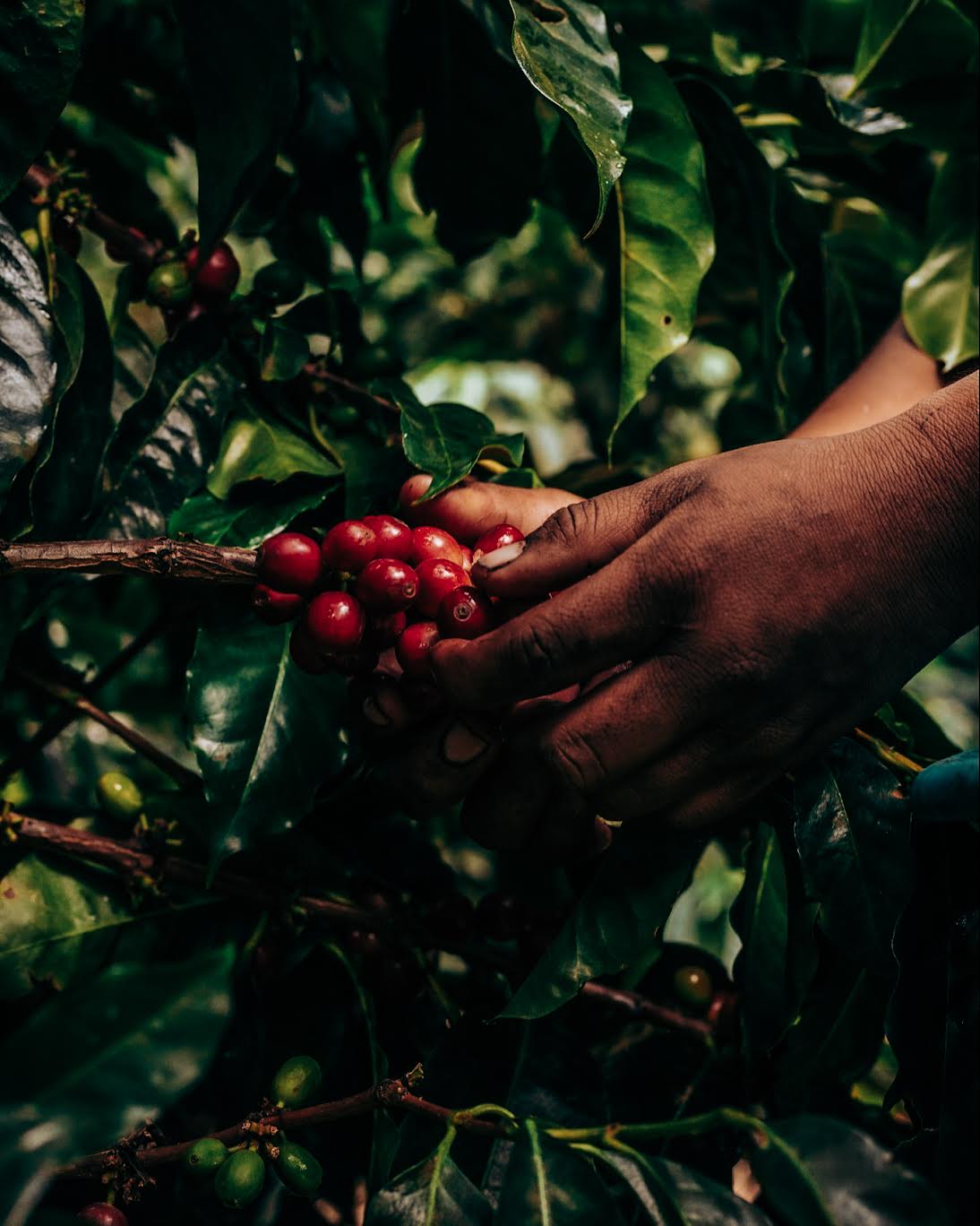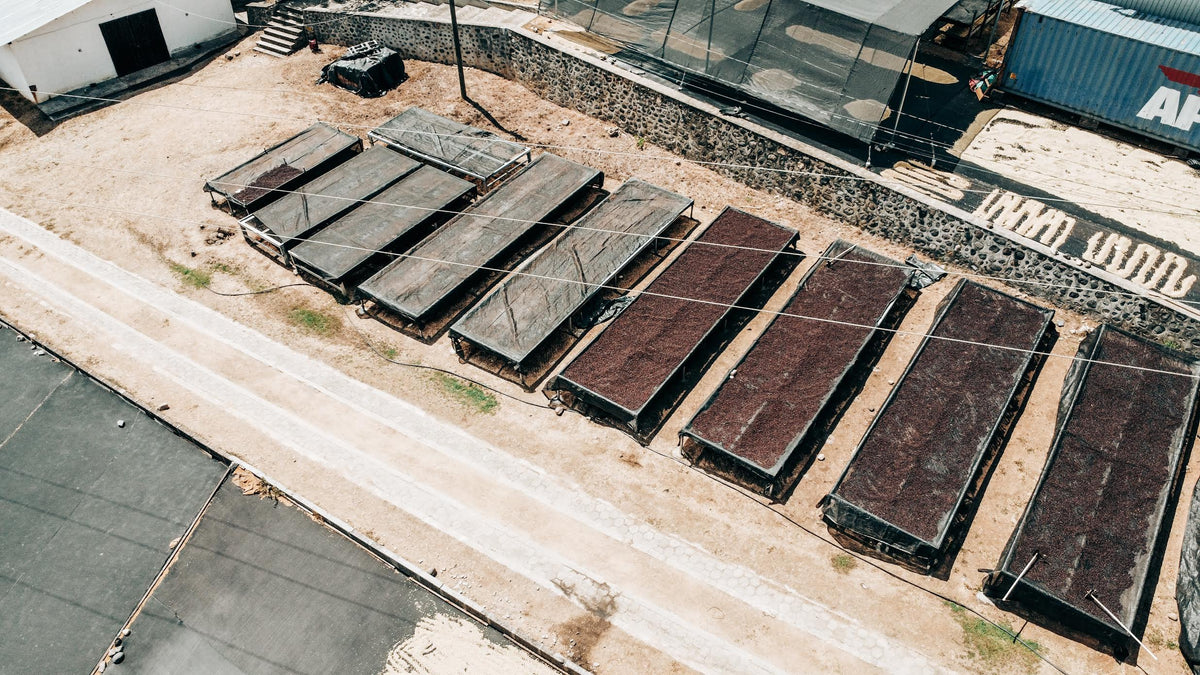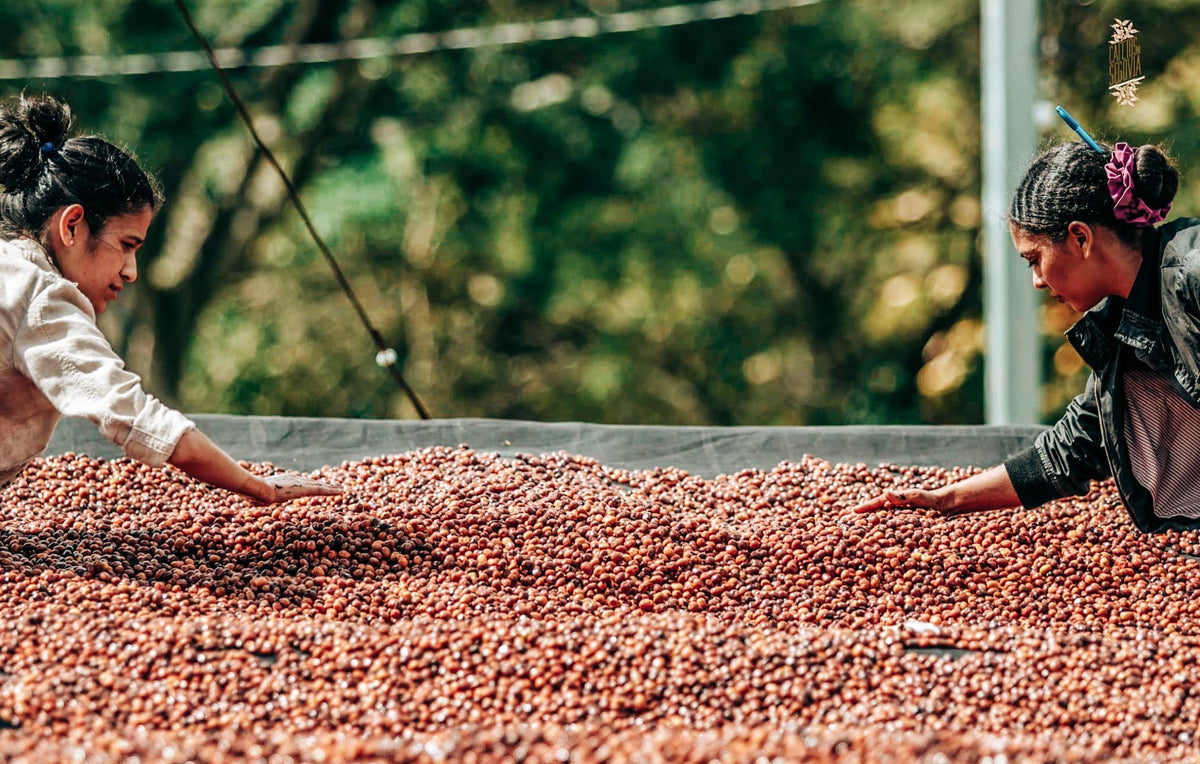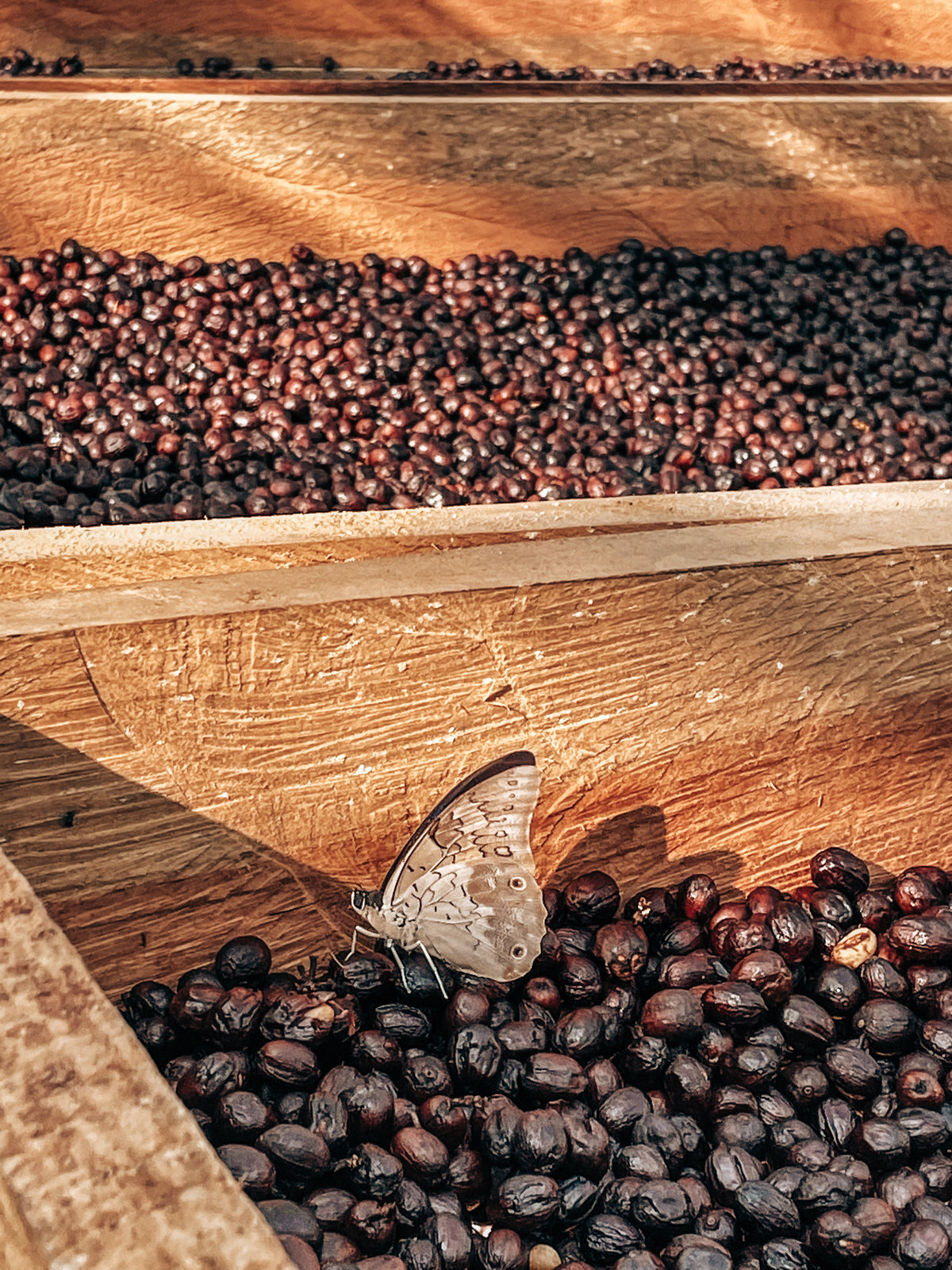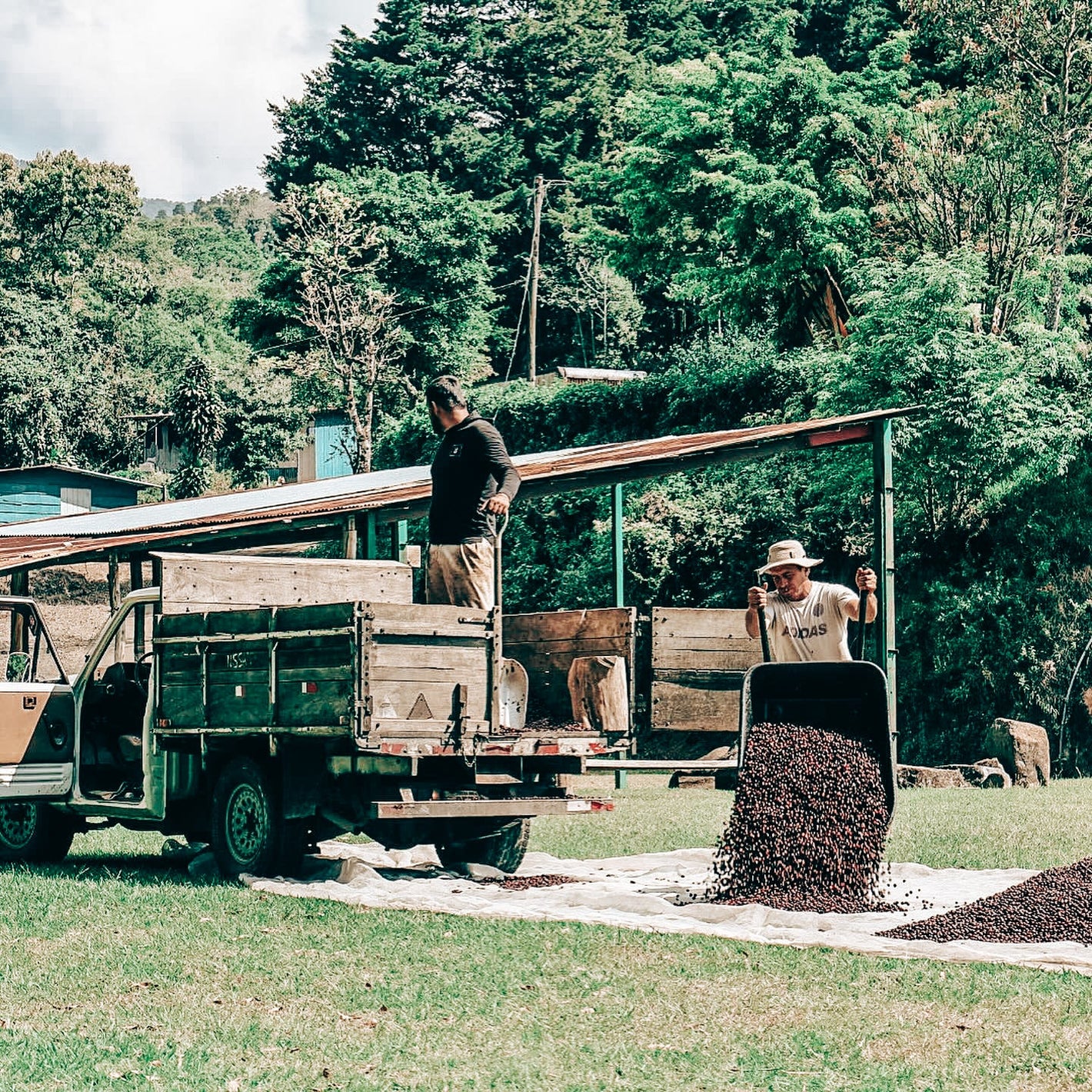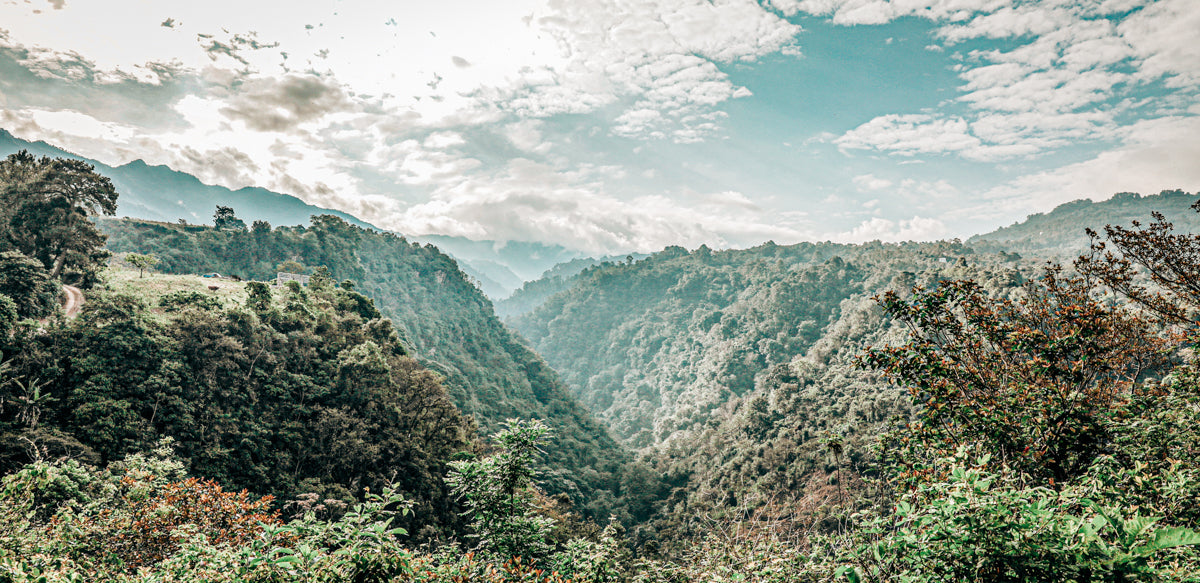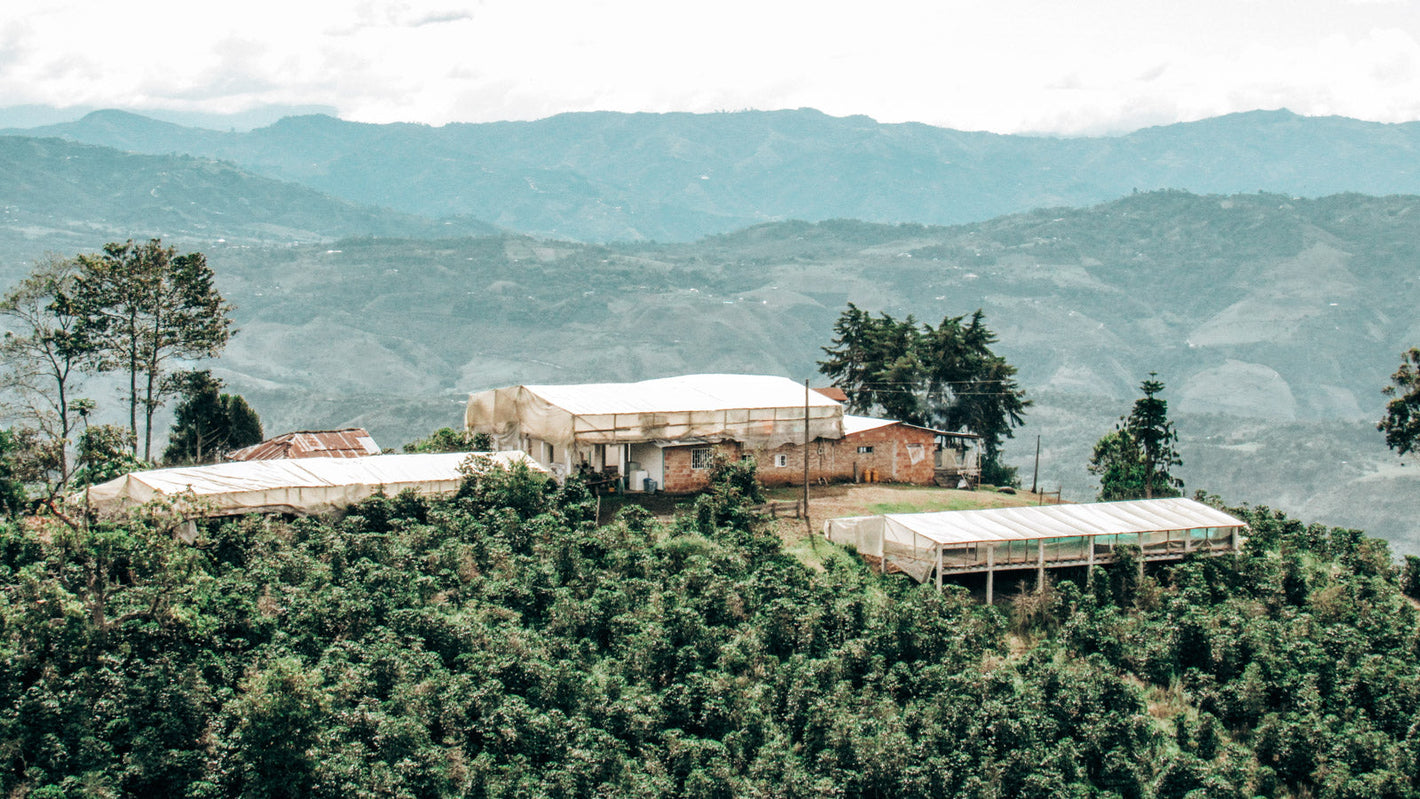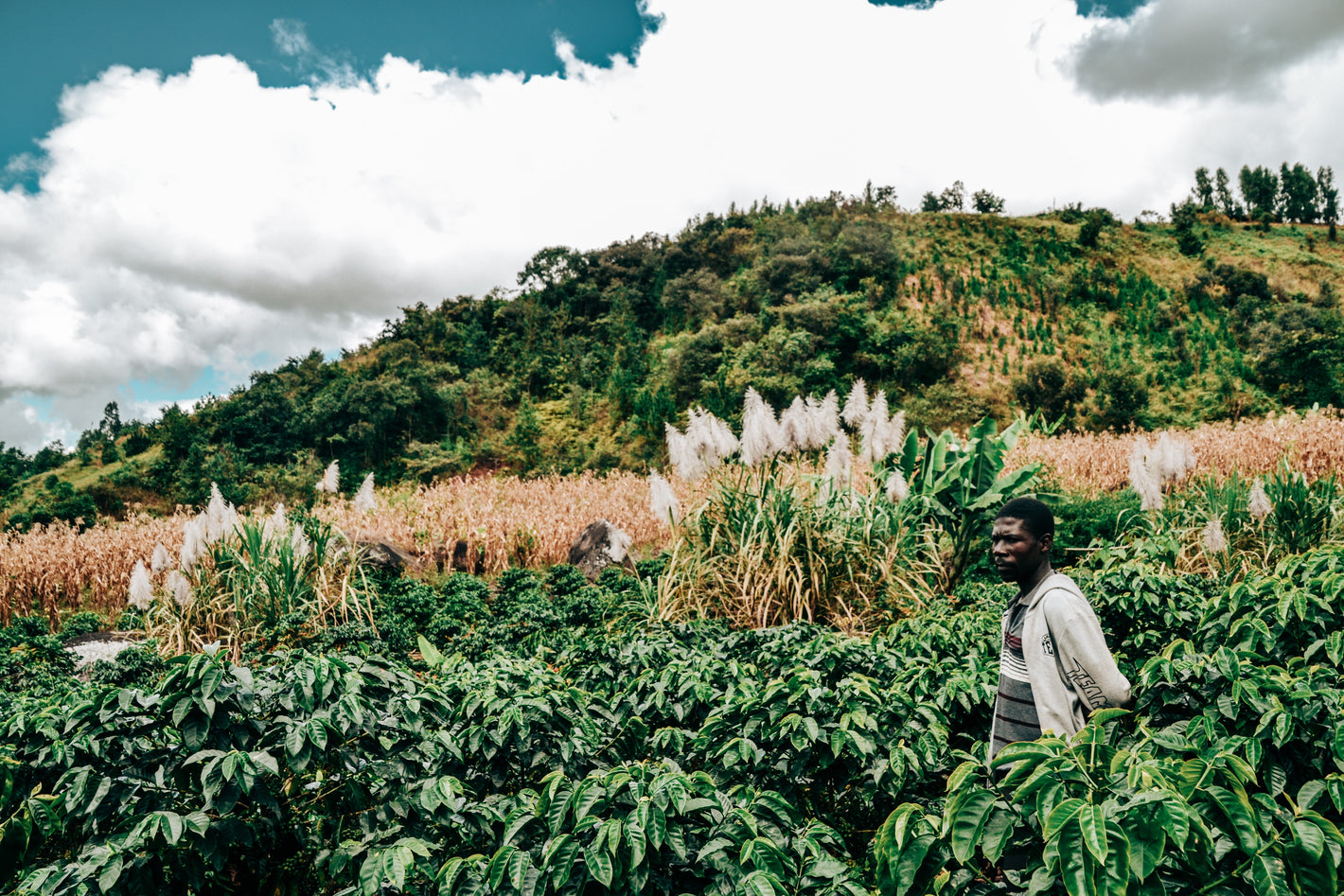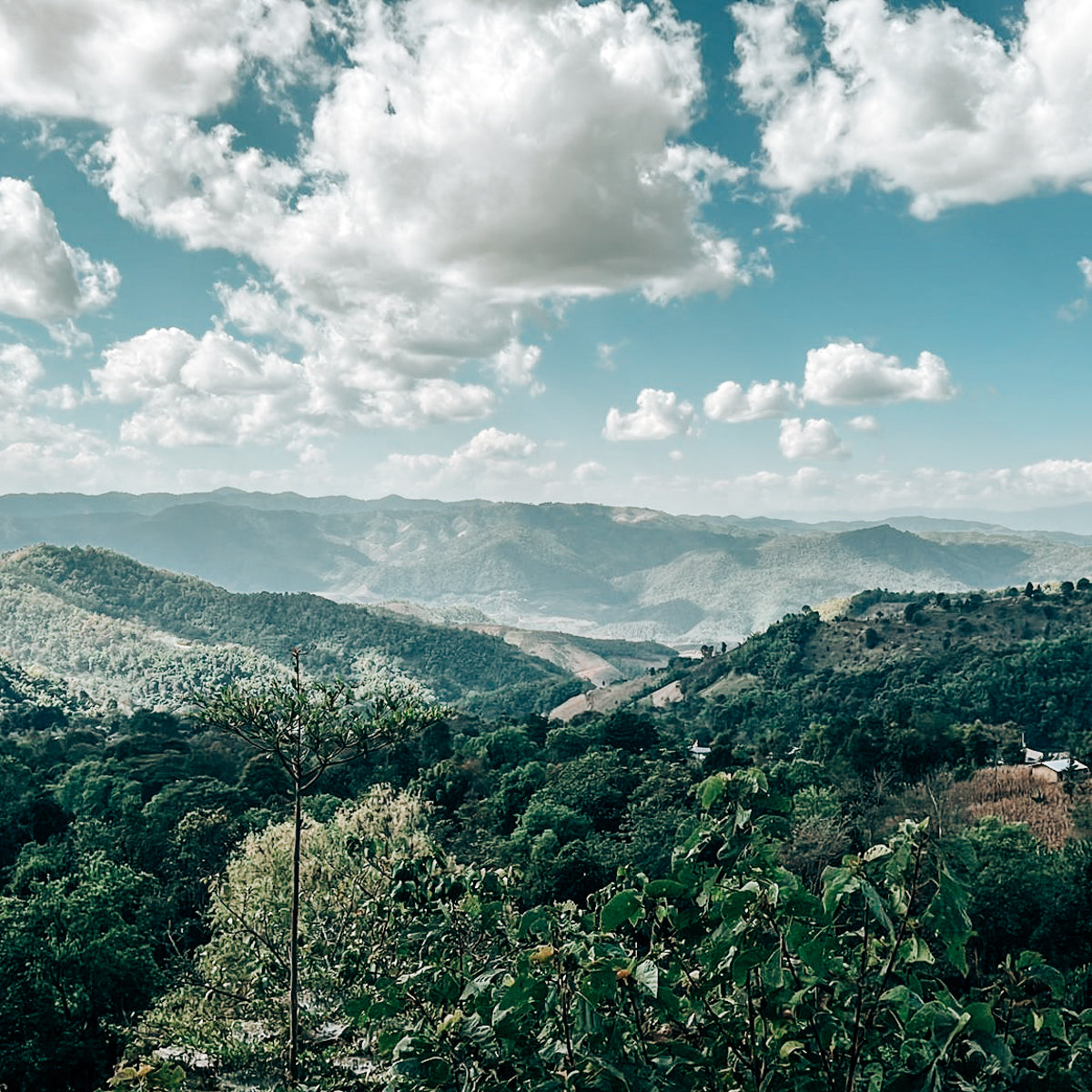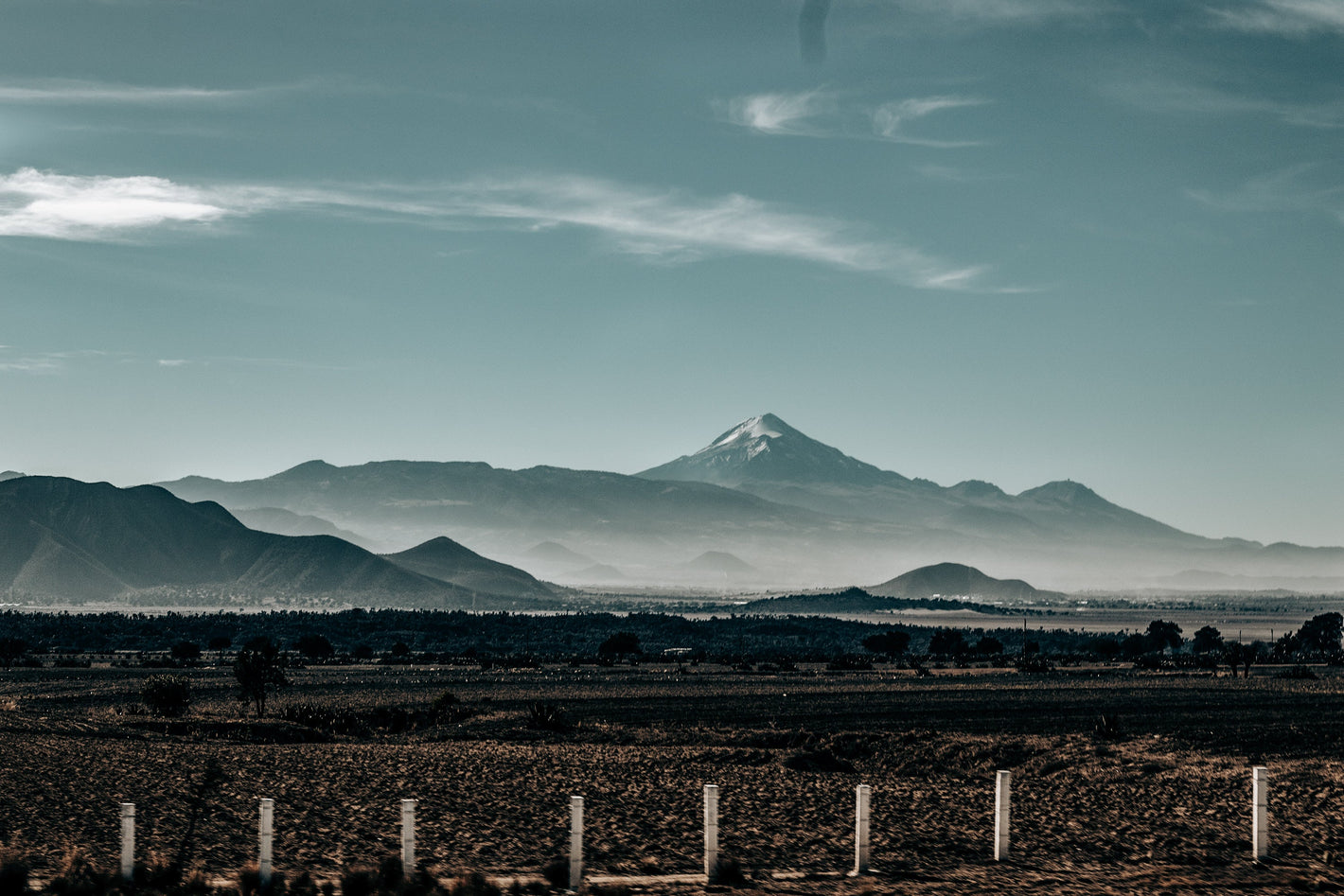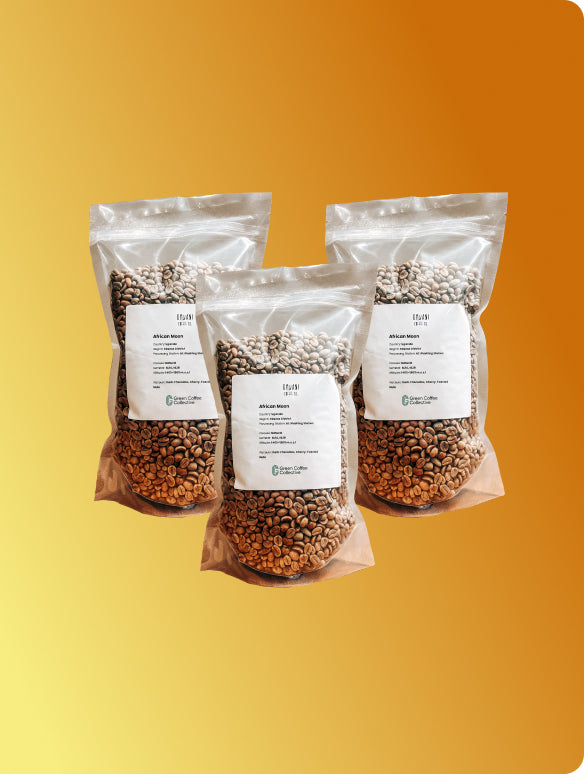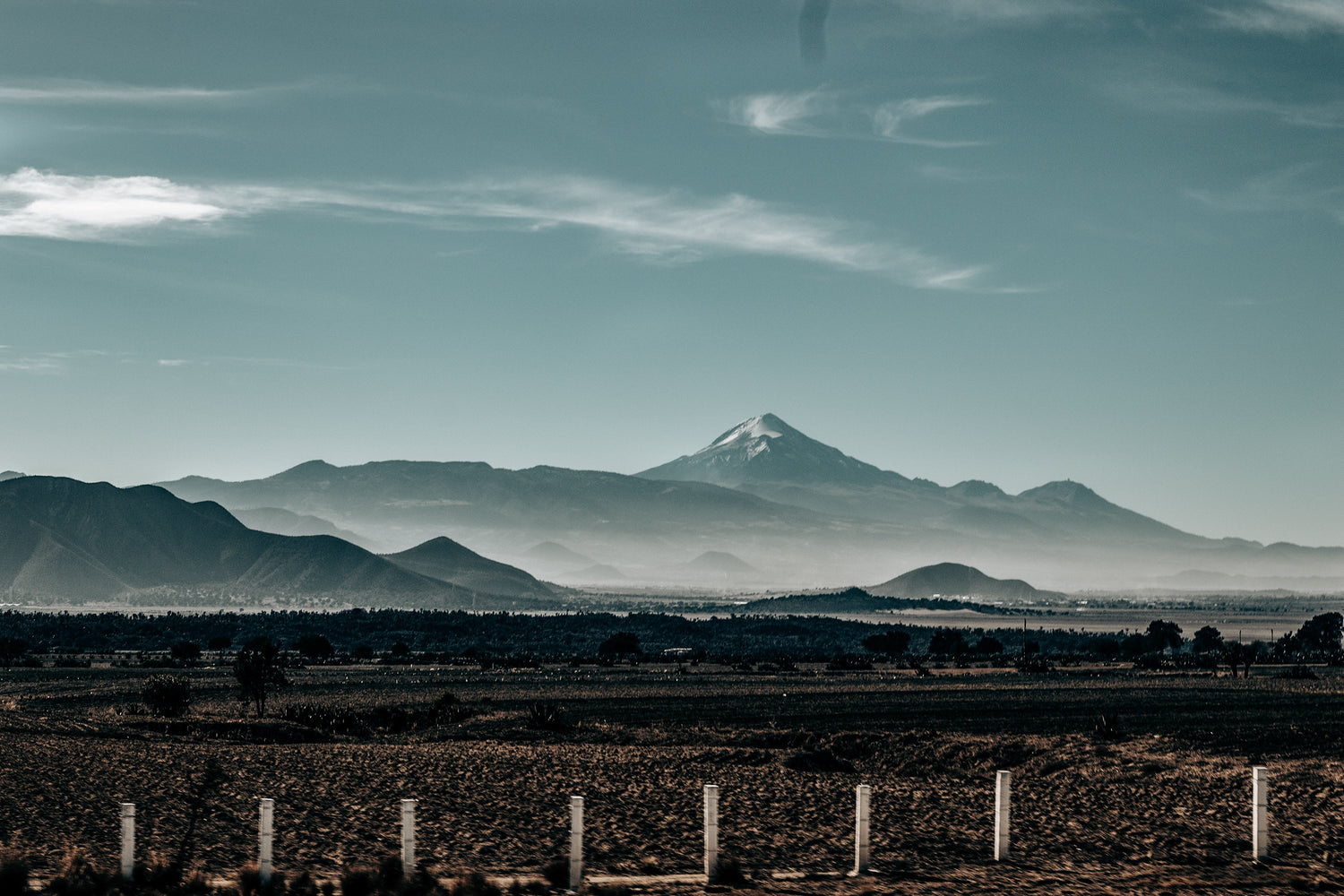
Central American Green Coffee Beans
Central America produces some of the world’s most highly regarded coffees, including Costa Rican Tarrazú, Guatemalan Huehuetenango, and Panama’s sought-after Hacienda La Esmeralda. Known for their bright acidity, medium body, and refined flavours, these coffees offer a cleaner, more balanced profile than their South American counterparts, often with subtle chocolatey aromas. Grown at high elevations in volcanic soil and diverse microclimates, flavours vary from farm to farm, but those who love a bright, complex cup will find plenty to explore.
-
MW Decaf Quetzal
Cupping Score83.25Processing methodVarietalTypica , Mundo Novo , Bourbon , CaturraMain flavour notesOrange | Citrus | Brown SugarIn Stock+60kg left -
Hermanos Aguilera White Honey Pacamara
Cupping Score86.75Processing methodVarietalPacamaraMain flavour notesGreen Tea | Bergamot | HerbOut of Stock -
Washed Honduras SHG EP
Cupping Score82.75Processing methodVarietalMultipleMain flavour notesChocolate | Nougat | Brown Sugar | NutOut of Stock -
Hermanos Aguilera Yellow Honey Geisha
Cupping Score86.5Processing methodVarietalGeishaMain flavour notesJasmine | Lemongrass | FloralOut of Stock -
Pocitos Natural Geisha
Cupping Score88.0Processing methodVarietalGeishaMain flavour notesPapaya | Lemon | LotusOut of Stock -
Dylan Aguilera Sarchimor Natural Reposado Finca Matilde 8
Cupping Score86.75Processing methodVarietalSarchimorMain flavour notesBlueberry | Dark Chocolate | Black Cherry | Dried datesIn Stock+10kg left -
Plan Libertad
Cupping Score87.0Processing methodVarietalMaragogypeMain flavour notesStone Fruits | Ripe Mango | CitrusOut of Stock -
El Socorro - Natural Pacamara
Cupping Score86.0Processing methodVarietalPacamaraMain flavour notesNectarine | Honey | MelonOut of Stock -
Aguilera Villa Sarchi Honey Toño
Cupping Score86.0Processing methodVarietalVilla SarchiMain flavour notesBrown Sugar | Almond | Walnut | CitrusIn Stock+40kg left -
Bambito Red Bourbon Natural
Cupping Score89.5Processing methodVarietalRed BourbonMain flavour notesRed Apple | Strawberry | Melon | PlumOut of Stock -
Bethania Hortensia - Washed Catuai
Cupping Score85.5Processing methodVarietalCatuaiMain flavour notesVelvety | Berries | CacaoIn Stock+55kg left -
Cumbre Washed Regional
Cupping Score82.0Processing methodVarietalCatuai , CaturraMain flavour notesNutty | ChocolateIn Stock+60kg left -
Nuevo Vergel | Maragogype Natural
Cupping Score87.0Processing methodVarietalRed MaragogypeMain flavour notesStrawberry | Caramel | MandarinOut of Stock
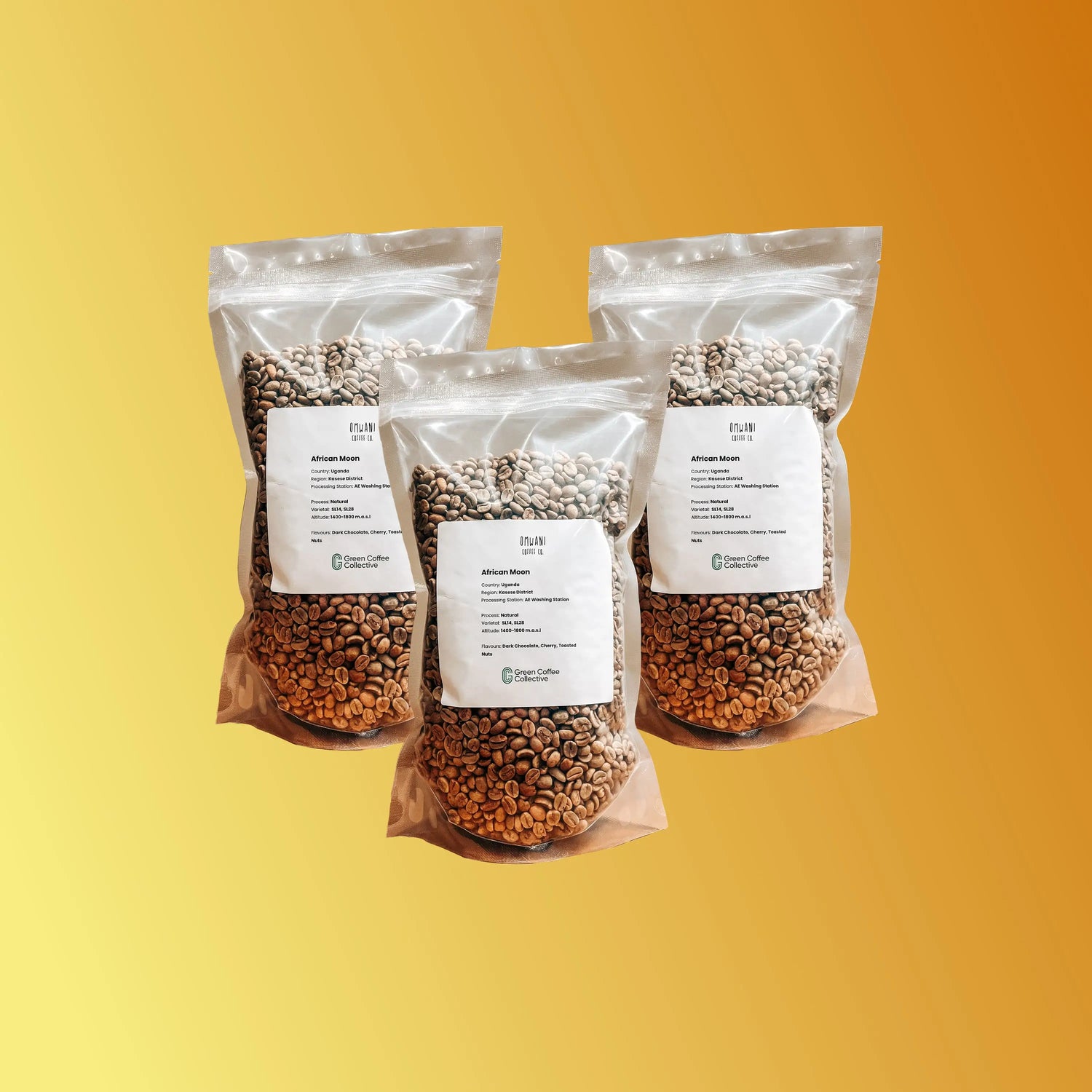
Your guide to Central American Green Coffee Beans
-
Which country in Central America has the best coffee?
-
How do we source Central American coffee sustainably and transparently?
-
Can you facilitate custom sourcing for specific Central American countries, processing methods, or varietals?
-
Discover the Heart of Specialty: Central American Green Coffee Beans
-
Why Central American Green Coffee Beans Are Famous
-
Why Roasters Love Central American Green Coffee Beans
-
Flavor Profile & Cupping Notes
-
Coffee-Growing Regions of Central America
-
Varietals & Species
-
Harvest Seasons & Availability
-
Processing Methods in Central America
-
Notable Varieties of Central America Green Coffee Beans
-
Usage & Versatility of Central America Green Coffee Beans
-
Best Brewing Methods for Central America Green Coffee Beans
-
Quality Standards for Green Coffee Beans in Central AmericaQuality Standards for Green Coffee Beans in Central America
-
Sourcing & Traceability
-
Buy 100% High-Quality Central American Green Coffee Beans
-
What makes Central American green coffee beans a good choice for speciality coffee?
